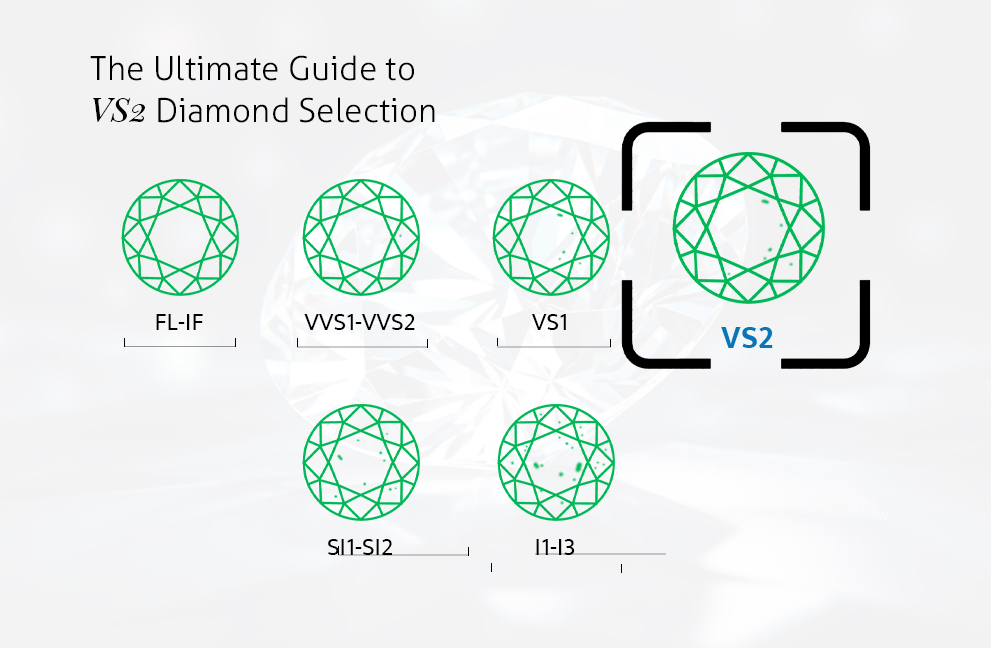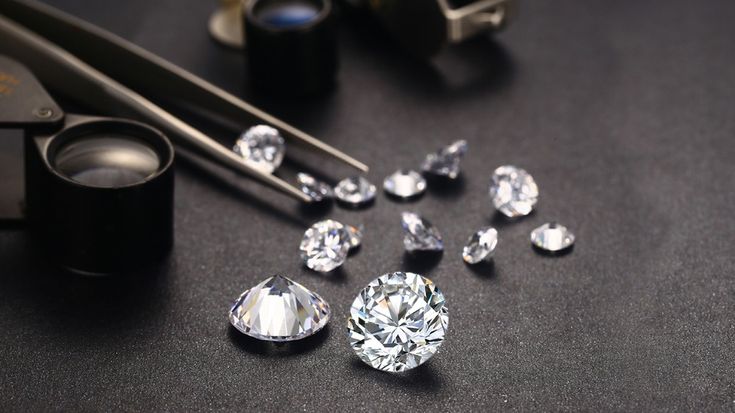
When it comes to buying a diamond, one of the most important factors to consider is the clarity of the stone. Diamond clarity refers to imperfections or flaws in the diamond, known as inclusions. These inclusions can vary in size, type, and location within the diamond, affecting its overall quality and value.
In this ultimate guide, we will explore the world of VS2 diamonds, a popular clarity grade that offers a balance of quality and value. Whether you’re in the market for an engagement ring or a stunning piece of diamond jewelry, understanding the nuances of VS2 diamonds will help you make an informed decision.
When we talk about diamond clarity, we are referring to the presence of imperfections within the stone. The Gemological Institute of America (GIA), the leading authority in diamond grading, uses a clarity scale to evaluate the clarity of a diamond. This scale ranges from flawless (FL), meaning the diamond has no visible inclusions or blemishes, to included (I3), where the diamond has noticeable imperfections visible to the naked eye.
Here is the scale of the GIA clarity grade:
- Internally Flawless (IF)
- Very Very Small Inclusions 1 (VVS1)
- Very Very Small Inclusions 2 (VVS2)
- Very Small Inclusions 1 (VS1)
- Very Small Inclusions 2 (VS2)
- Small Inclusions 1 (SI1)
- Small Inclusions 2 (SI2)
- Inclusions 1 (I1)
- Inclusions 2/3 (I2/I3)
The clarity grade of a diamond is determined by the number, size, type, and location of the inclusions. The higher the clarity grade, the fewer noticeable imperfections the diamond has. This, in turn, affects the value and price of the diamond. It’s important to note that the diamond clarity scale is a relative measure of a diamond’s clarity and does not indicate its overall quality or beauty.










